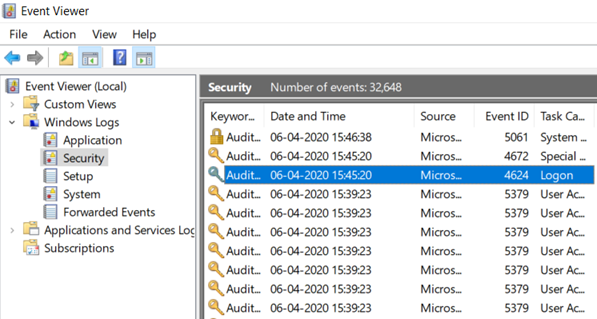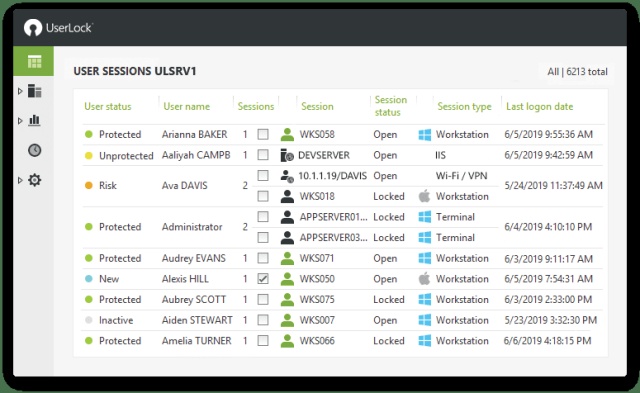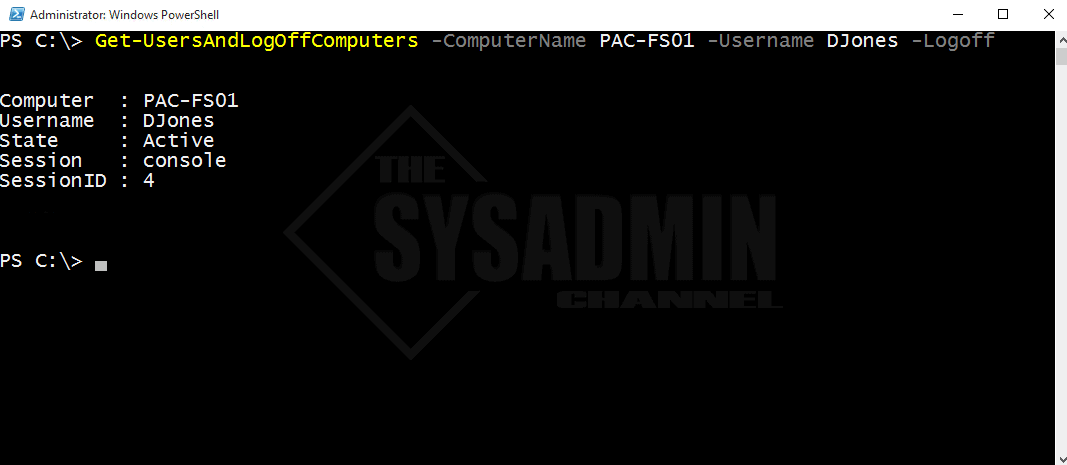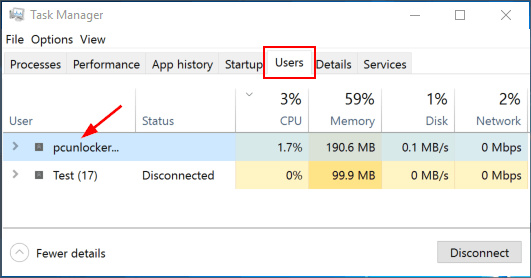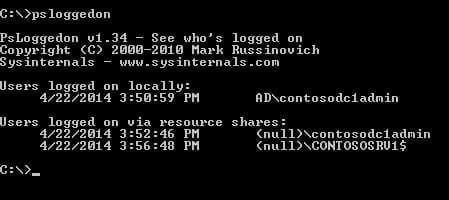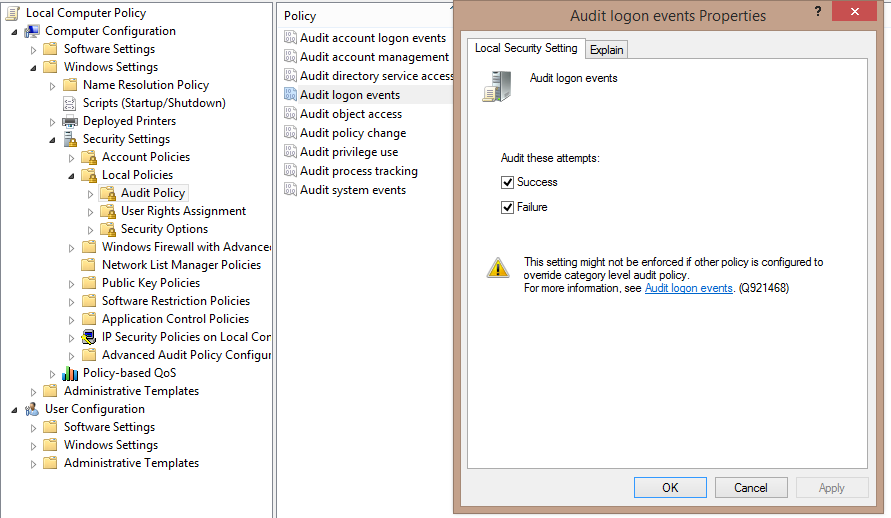Great Tips About How To Find Out Who Is Logged Onto A Server
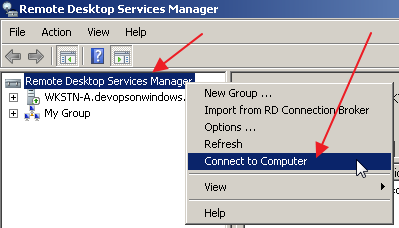
Yeah the security log can get kinda full depending on which events you are auditing.
How to find out who is logged onto a server. In the powershell prompt, type net. Under the 'status' dropdown in the search app (if you are using 4.1+), you can slide out the 'search activity' submenu, and select ui activity. Look in the right hand column.
How do i see who is logged onto a server? Right click the security event log and select filter current. Exec sp_who2 this will give you a lot of information including who is logged in, application name, current command, so on.
Type “ cmd “, then press. Qwinsta /server:computer01 sessionname username id state type device console 0. Enter administrator credentials if prompted.
From the command prompt end query user /server:servername or quser /server:servername for short To see who is currently logged in through afp, you can also use the following last command syntax: Hold down the windows key, and press “ r ” to bring up the run window.
You can use qwinsta from the command line to display the current rdp sessions. This shows you people who are. In the middle pane, you’ll likely see a number of “audit success” events.
The last command in linux gives you information about all the users who logged in to the system since the last reboot. It will also show the log in and log out time of the logged. In mssql server you can run the following command.
You can able to know the list of users who had logged into a particular server either by using powershell script or by creating active directory group policy (gpo). Let’s explore how to detect user names logged into the linux server. The “whoami” command displays the user you are currently logged in and using in windows.
Type “cmd“, then press “enter” to open a command. In this example, the server name is yourservername. 3 commands to find out who is logged in to the server w.
Hold down the windows key, and press “r” to bring up the run window. Well, shout no longer as you can find out who's logged onto a machine by running this simple command in command prompt.

